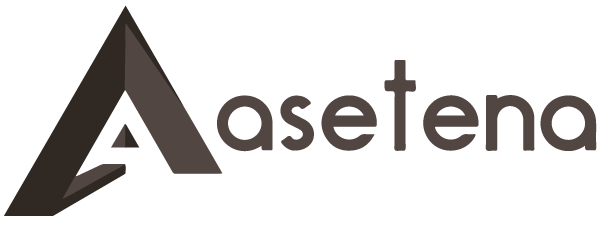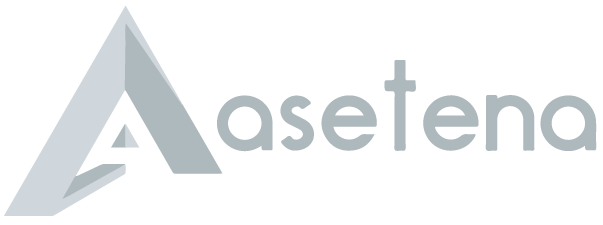Prices of gas cylinder refilling in Ghana

Access to liquefied petroleum gas (LPG), commonly known as cooking gas, has become an essential part of everyday life for many Ghanaians. As demand rises across the country, most households have switched from traditional biomass fuels to LPG for their cooking needs. The cost of getting cylinders refilled can vary widely. This article explores the key factors impacting the prices that Ghanaians pay to refill their gas cylinders.
Prices of gas cylinder refilling in Ghana.
For most households, the cost of refilling a 6 kg cylinder falls somewhere between GHS30 to GHS60. This price range represents the standard rate that the majority of consumers face. Prices often fluctuate above or below this bracket depending on location, vendor, time of year and other considerations. Generally speaking, cylinder refill prices in urban areas tend to sit at the higher end, while rural refill stations charge toward the lower end. But this can change based on supply and demand dynamics.
Factors that influence the pricing of LPG cylinder refills in Ghana:
The global price of crude oil significantly impacts the import cost of LPG to Ghana.
As a net importer of oil and gas, domestic LPG prices reflect international market conditions. When global oil prices rise or fall, consumers see a corresponding effect on cooking gas.
Government subsidies on LPG also affect retail prices for consumers.
Since the introduction of the Cylinder Recirculation Model in 2019, the National Petroleum Authority has regulated cylinder exchange and subsidized refill costs to increase affordability. Changes to subsidy policies can cause prices to fluctuate.
Value-added tax levied on LPG contributes to the retail pricing.
In 2022, the government removed VAT on LPG to provide relief to consumers as global prices surged. Any adjustments to this tax policy would filter through to refill costs.
Demand and supply levels nationally impact availability and pricing.
During periods of abundant supply, competition between retailers can drive prices down. But when demand grows faster than supply, such as during seasonal shortages, prices typically increase.
Regional pricing differences exist between urban and rural areas based on transportation costs, bottling plant proximity, and local market conditions affecting supply security. Areas further from coastal refill sites tend to experience higher costs.
The business costs of cylinder retailers, including overheads like labor, rent, and cylinder transportation, factor into the refill prices set by vendors. Some retailers may keep prices low by operating lean, while others pass on higher business costs.
Conclusion
Ghanaians experience a range of LPG cylinder refill costs driven mainly by global oil prices, government subsidies and taxes, local demand and supply dynamics, regional variances, and vendor business costs. Understanding these key factors provides helpful context on the market forces at play. For many households, affordability remains a concern given the necessity of LPG for cooking. As Ghana continues to adopt clean fuels, managing the pricing around cylinder refilling through policy and improved infrastructure will be essential for the population. But by analyzing the components shaping refill costs across the country, consumers and stakeholders can make more informed choices.
- Advertisement -


